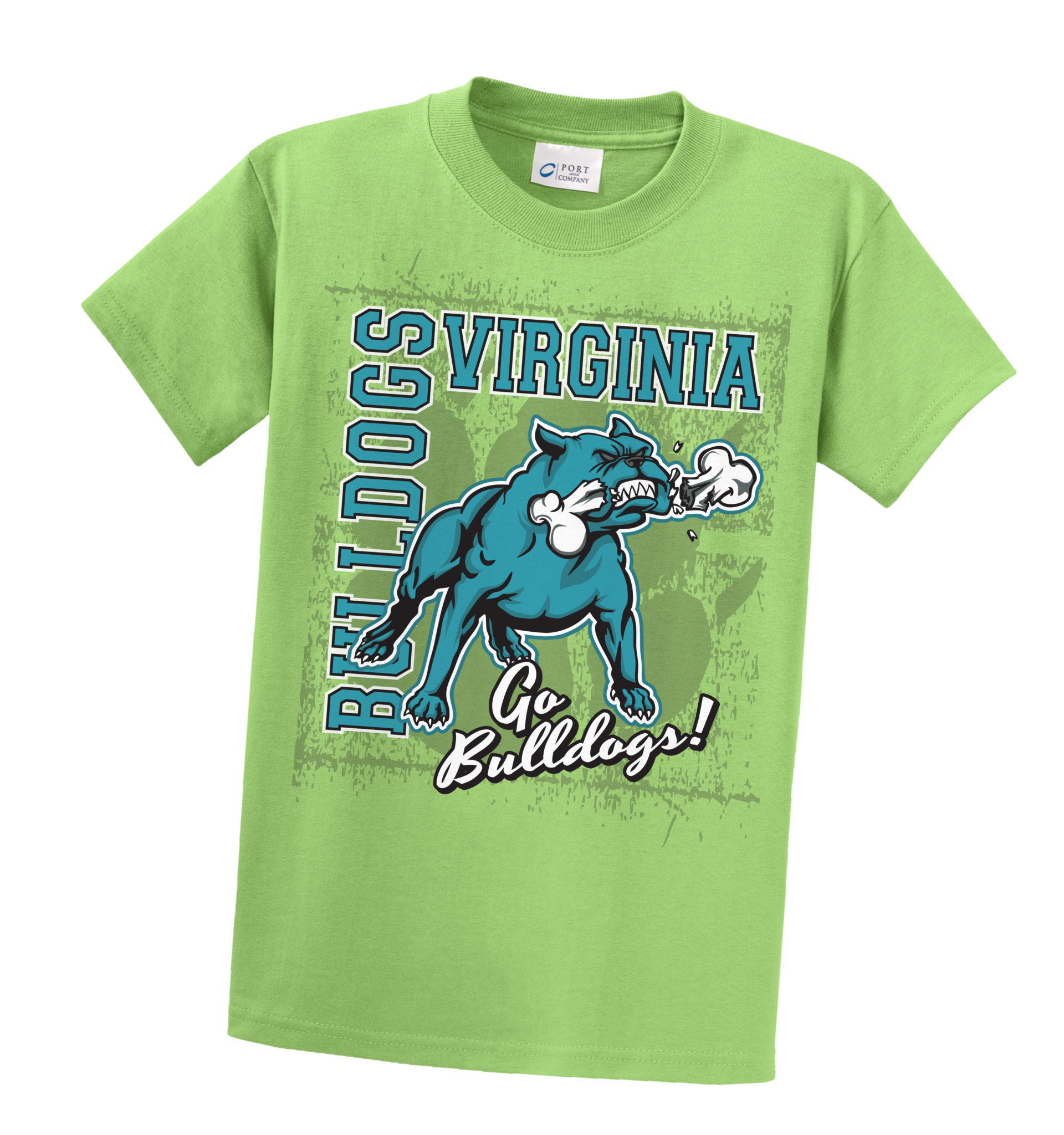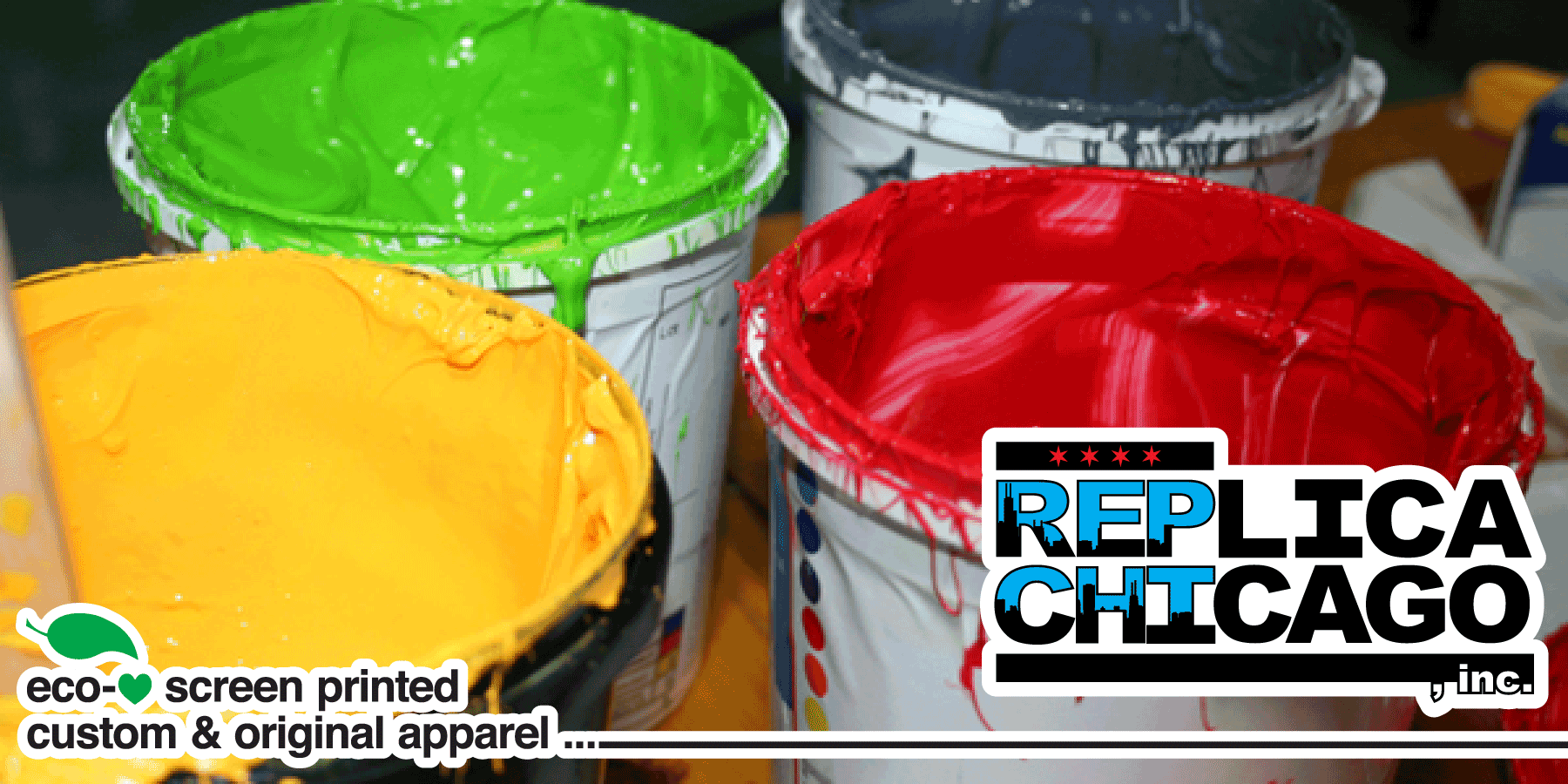Professional Screen Printing Kit for Custom Apparel
Wiki Article
Screen Printing Uncovered: Everything You Required to Understand About Tee and Garment Printing Methods
If you have actually ever wondered how those vibrant styles wind up on your preferred tee shirts, you're in the right place. Display printing is an interesting method that incorporates art with strategy, providing endless opportunities for creative thinking. Recognizing the basics, from equipment to ink selections, can considerably influence your results. All set to check out the vital elements that make screen publishing an art kind? Let's uncover the details that can elevate your jobs.
The Basics of Screen Printing: How It Works
When you dive into display printing, you'll find it's both a scientific research and an art. At its core, display printing involves producing a stencil, or screen, that allows ink to pass via just in particular areas.Following, you'll blend your inks and prepare your printing surface area. Setting the display over the textile, then use a squeegee to push ink with the display onto the garment. This process needs accuracy, as you desire clear, lively prints. After printing, you'll cure the ink with heat, ensuring it sticks to the fabric and lasts via laundries. Each step is vital, and mastering them will boost your screen printing abilities, transforming basic garments right into special, expressive items.
Sorts Of Display Printing Techniques
When you grasp the basics of display printing, it's time to discover the different strategies that can elevate your styles. One prominent technique is conventional display printing, where ink is pressed through a stenciled screen.If you're intending for great details, take into consideration discharge printing. This method eliminates color from the material, leaving a soft, vintage appearance. An additional option is plastisol printing, known for its sturdiness and vibrant shades, making it a favorite for numerous brand names. Ultimately, explore halftone printing to produce gradient results and elaborate styles. Each method has its special charm, so don't wait to attempt them out to locate what suits your design best!
Necessary Tools for Display Printing
To achieve spectacular outcomes in display printing, having the right tools is fundamental. You'll need a tough screen printing frame, which holds the mesh that moves your layout onto the garment. Next off, spend in top quality mops; these are necessary for using ink evenly throughout the display.Picking the Right Inks and Products
When choosing inks and materials for screen printing, you require to take into account the kind of ink that functions ideal for your project. Believe regarding textile compatibility to guarantee your designs look last and excellent long. Likewise, check out eco-friendly ink options to make your printing process much more sustainable.Kinds of Display Inks
Picking the right display ink is vital for accomplishing vivid, sturdy prints that satisfy your project's demands. There are numerous types of screen inks to analyze. Specialty inks, such as glow-in-the-dark or metal, can add one-of-a-kind effects to your styles.
Textile Compatibility Considerations
Understanding material compatibility is essential for achieving premium screen prints, especially because various materials react uniquely to different inks. When choosing inks, think about the material type-- cotton, polyester, or blends. For cotton, water-based inks work well, using soft qualities and breathability. Polyester, on the various other hand, typically needs plastisol inks for far better attachment and dynamic colors. If you're printing on blends, you may require to utilize a mix of both types. Always check your inks on sample fabric to ensure they stick properly and keep shade integrity. Furthermore, bear in mind that textile weight and structure can influence the final outcome, so choosing the appropriate ink and material combination is crucial for your project's success.Eco-Friendly Ink Options
Environmentally friendly inks are coming to be a preferred option for screen printers that desire to reduce their ecological effect while keeping top quality. When picking inks, think about water-based inks, which are much less unsafe and less complicated to cleanse up contrasted to traditional solvents.Furthermore, look for inks made from renewable energies, such as soy or vegetable-based alternatives. By selecting the ideal inks and products, you'll not only create stunning layouts however also contribute to a more sustainable printing process. Make the switch, and your prints will reflect your commitment to the atmosphere!
Preparing Your Design for Screen Printing

Submit Style Requirements
To assure your style looks lively and sharp on fabric, you'll require to pay attention to file layout requirements for screen printing. Beginning with vector files like AI or EPS, as they can be scaled without shedding high quality. If you make use of raster pictures, select high-resolution files, such as TIFF or PNG, preferably at 300 DPI. Prevent making use of JPEGs, as they can shed quality when resized. Make sure your style has a transparent history to prevent unwanted white edges on your prints. Keep color settings in mind; CMYK is typical for screen printing, so transform your RGB designs accordingly - screen printing kit. By following these standards, you'll establish your art work up for an effective print.Color Splitting Up Strategies
Color separation is a necessary action in preparing your style for display printing, and understanding it can considerably enhance your print quality. You'll need to break your layout into private colors, as each shade needs a separate screen throughout printing. This precision not only ensures exact shade depiction however additionally streamlines the printing process.Resolution and Dimension
Accomplishing the very best lead to screen printing starts with assuring your layout has the appropriate resolution and size. Preferably, your artwork should go to least 300 DPI (dots per inch) for sharp, clear prints. If you use reduced resolution, your end product could look pixelated and unprofessional.When it concerns dimension, take into consideration the measurements of your print area. Layout your artwork to match the final print dimension, ideally creating it in the actual measurements you'll be printing. This way, you'll prevent any kind of unexpected scaling problems.
Constantly inspect your layout in both vector and raster styles. Vector graphics can be scaled without losing top quality, making them optimal for screen printing. Preparing properly will ensure your style looks impressive on every garment!
Step-by-Step Screen Printing Process
Screen printing is a dynamic process that permits you to create vivid designs on different surface areas. To begin, you'll require a screen, solution, and your chosen ink. Initially, prepare your screen by cleansing it extensively. Next off, apply the emulsion evenly and allow it completely dry in a dark location. When completely dry, subject your screen to light with your design positioned on it, which will set the emulsion where the light hits, creating a stencil - screen printing kit.Pour ink onto the display and make use of a squeegee to press the ink with the stencil onto the textile. Lift the display carefully and allow the print dry. You've garment printing effectively screen printed your layout.
Tips for Effective Display Printing Projects
While you're diving into your display printing tasks, bear in mind that prep work is essential to success. Start by gathering all your materials-- inks, garments, screens, and mops. A tidy work area helps prevent undesirable mistakes, so neat up prior to you start.Following, validate your artwork is high-resolution and correctly sized for your garment. Examine your display for appropriate exposure and clean it completely to prevent spots. When blending your inks, follow the producer's standards to attain the right uniformity.
Throughout printing, use also pressure with your squeegee for constant results. Don't rush; take your time to validate each print meets your standards. After printing, allow your garments dry totally prior to taking care of or packaging them.
Finally, always maintain an example of your benefit future referral. In this manner, you can analyze your development and boost your strategies over time. Delighted printing!

Frequently Asked Inquiries
For how long Does It Take to Establish a Screen Printing Job?
Establishing up a display printing task usually takes around half an hour to an hour. You'll prepare the displays, mix inks, and change journalism. The time varies based upon intricacy and experience, so stay arranged!Can I Publish on Various Material Keys In Making Use Of the Very Same Strategy?
Yes, you can print on different material types using the same technique, but you'll need to adjust your inks and setups. Some materials take in ink in different ways, so trying out guarantees the most effective outcomes for each material.What Prevail Blunders to Prevent in Display Printing?
When display printing, prevent usual mistakes like using the wrong ink, ignoring proper exposure times, or skipping pre-press checks. Constantly test your setup and maintain clean displays to assure high quality outcomes each time.Exactly How Can I Correctly Clean and Maintain My Display Printing Devices?
To correctly clean and keep your display printing tools, you must regularly clean displays with suitable solvents, inspect squeegees for wear, and guarantee all devices are saved dust-free and completely dry. Consistency avoids expensive fixings and enhances performance.Is Screen Printing Environmentally Friendly Compared to Other Methods?
Display printing can be a lot more ecologically friendly than other techniques, especially if you utilize eco-conscious materials and water-based inks. By choosing lasting supplies and practices, you decrease waste and lessen your impact on the earth.Display Printing Uncovered: Everything You Required to Know Concerning T-Shirt and Garment Printing Strategies
At its core, display printing includes developing a pattern, or display, that permits ink to pass through only in certain locations. Placement the screen over the fabric, then use a squeegee to push ink with the display onto the garment. One prominent approach is traditional display printing, where ink is pushed with a stenciled screen.When selecting inks and products for screen printing, you require to take right into account the kind of ink that works ideal for your project.
Report this wiki page